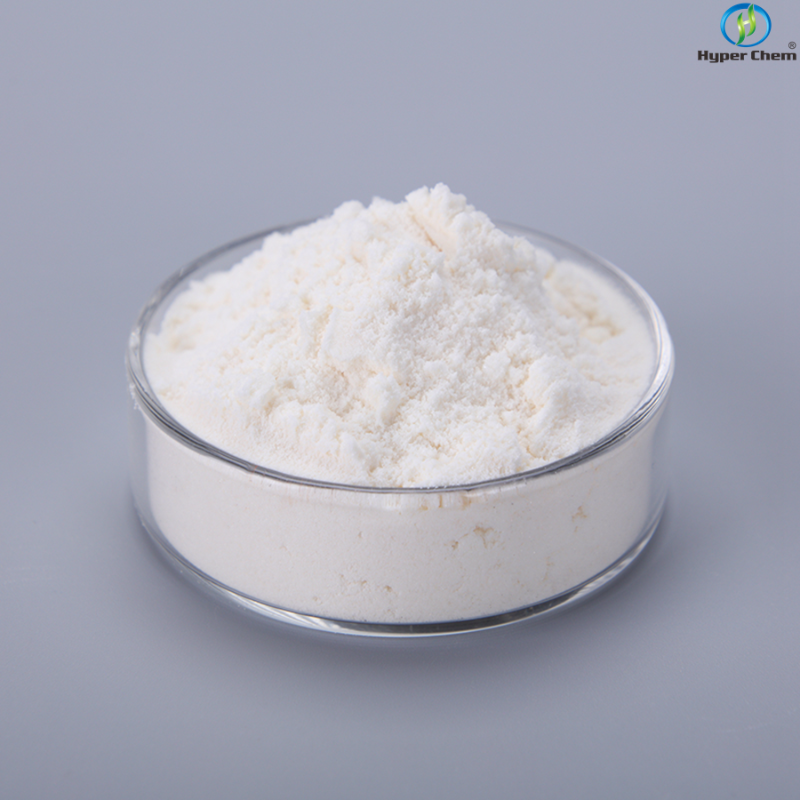-
Categories
-
Pharmaceutical Intermediates
-
Active Pharmaceutical Ingredients
-
Food Additives
- Industrial Coatings
- Agrochemicals
- Dyes and Pigments
- Surfactant
- Flavors and Fragrances
- Chemical Reagents
- Catalyst and Auxiliary
- Natural Products
- Inorganic Chemistry
-
Organic Chemistry
-
Biochemical Engineering
- Analytical Chemistry
-
Cosmetic Ingredient
- Water Treatment Chemical
-
Pharmaceutical Intermediates
Promotion
ECHEMI Mall
Wholesale
Weekly Price
Exhibition
News
-
Trade Service
Coronavirus disease (COVID-19) in 2019 is caused by severe acute respiratory syndrome coronavirus 2 (SARS-CoV-2), which infects the lungs and causes diastic symptoms such as fever, coughing and breathing difficulties.
The majority of patients with mild illness develop an effective immune response, but some patients continue to develop acute respiratory distress syndrome, which causes them to enter the intensive care unit (ICU) and may eventually lead to multiple organ dysfunction and death
in addition to the cellular autonomy of viral infections, immune response disorders are also involved in the sudden deterioration of COVID-19 patients, resulting in severe damage to infected and non-infected tissues.
studies have shown that patients with coronavirus disease (COVID-19) caused by SARS-CoV-2 have a disorder of blood myeloids.
, however, it is not clear whether congenital myeloid responses vary with the severity of the disease, and whether signs of congenital immunity can distinguish between high-risk patients.
therefore, in a recent study published in the journal CELL, researchers sequenced high-dimensional flow cytoscular and single-celled RNA in the outer blood cells of COVID-19 patients.
The non-interventional study included 158 patients, including 86 patients with new crowns and 72 control groups, who were referred to hospitals for various flu-like symptoms and diagnosed with COVID-19 based on RT-PCR-positive and negative pharynx swabs, respectively.
The patient is layered according to the severity of the disease: mild disease (n?27) is defined as clinical symptoms without clinical symptoms or limitations and does not require CT scan or hospitalization;
to explore the changes in circulating immune cells caused by SARS-CoV-2 infection, the researchers first collected a sample of the outer blood found in the queue.
13 SARS-CoV-2-positive patients ('COVID-19 patients') and 12 non-new crown patients with flu-like symptoms were detected by RT-PCR.
the previous one included 5 mild patients and 8 patients with severe COVID-19.
cleavage of red blood cells, the researchers labeled them with 25 surface antibodies that identified the outer blood cells.
and analyze its members through a flow cytometer.
researchers found that in severe cases, non-classical CD14LowCD16High mononucleocytes disappeared, HLA-DRLow classic mononucleocytes accumulated, and large amounts of calcitonin (S100A8/S100A9) were released.
also accumulated immature CD10LowCD101-CXCR4-plus/-neutral granulocytes with immunosuppressive effects in the blood and lungs, suggesting that patients have emergency bone marrow growth.
, the researchers showed that changes in calcitonin levels in plasma and decreases in the frequency of non-classical mononucleocytes could identify patients with severe new crowns, which had some predictive value and were worthy of forward-looking evaluation.
.







